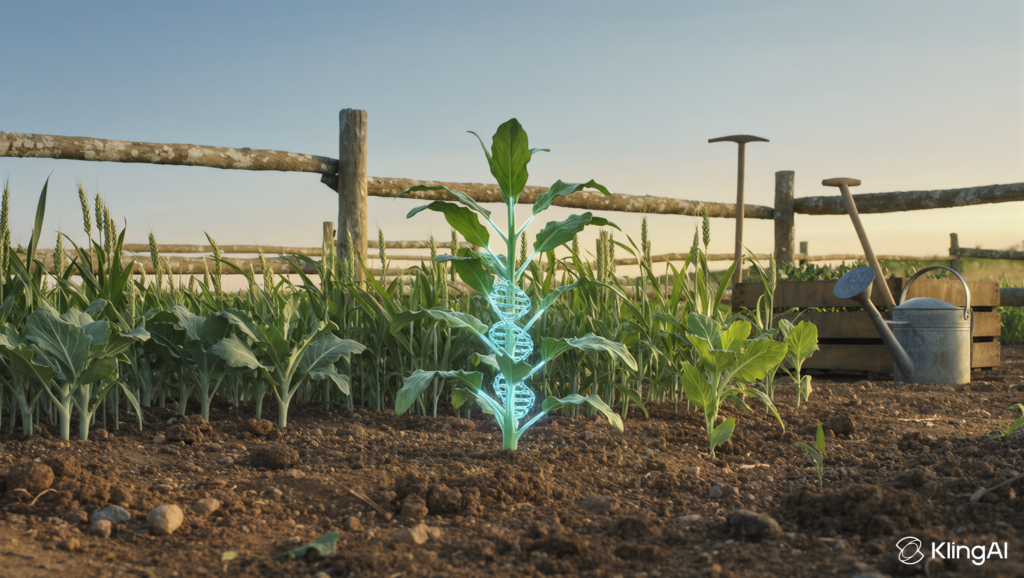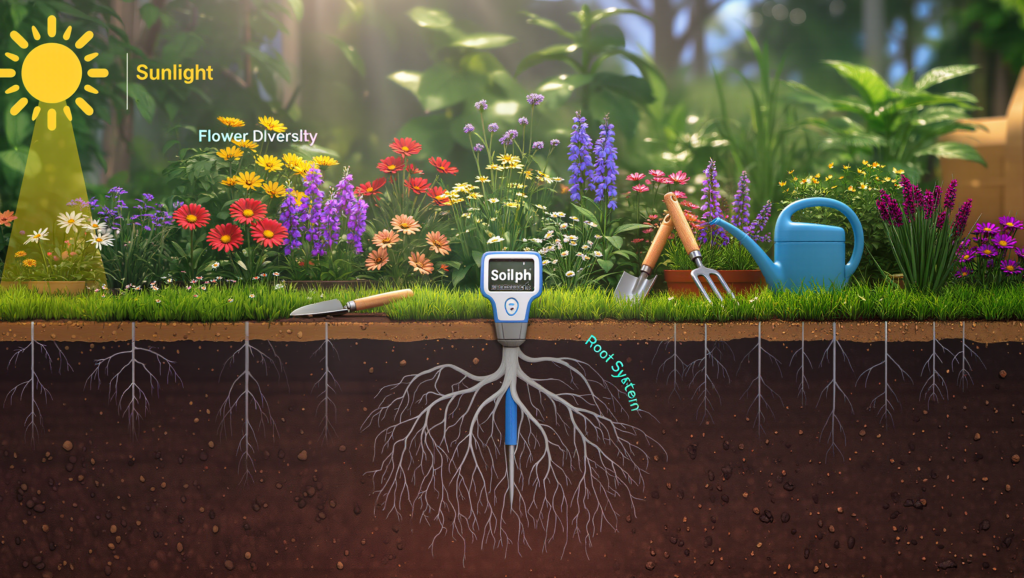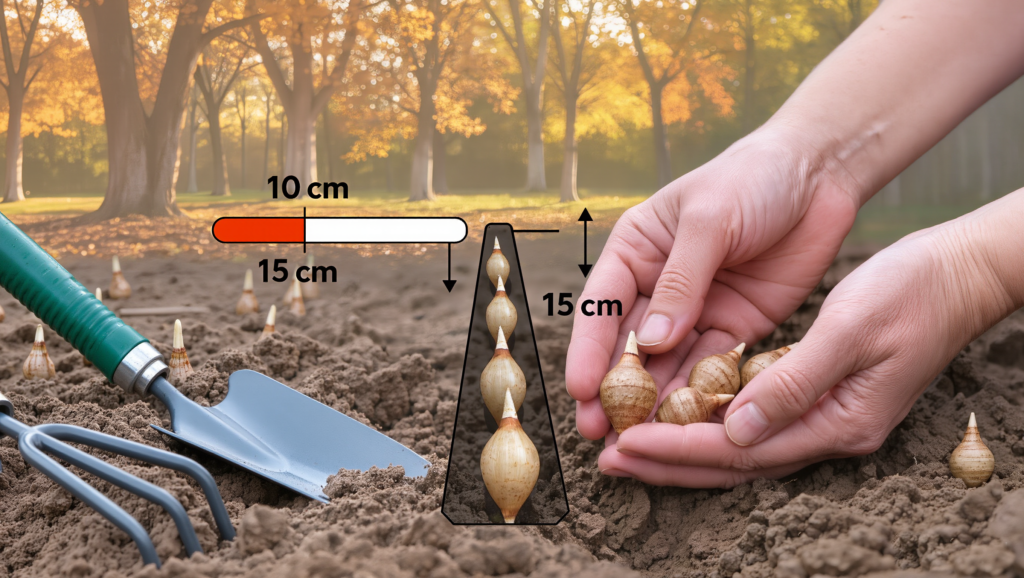Sulit membayangkan dua topik yang lebih hangat di dunia pertanian daripada “organik” dan “penyuntingan gen”, tetapi hingga saat ini, kedua dunia ini hampir tidak pernah bersinggungan. Kini, percakapan tentang tanaman CRISPR dan pertanian organik telah beralih dari debat pinggiran menjadi perbincangan arus utama, menimbulkan pertanyaan mendesak bagi siapa pun yang peduli dengan masa depan pangan: Mungkinkah penyuntingan gen membuat pertanian organik lebih berkelanjutan? Atau apakah penyuntingan gen justru mengkhianati logika pertanian “alami”?
Tulisan blog ini mengupas teknologi CRISPR, mengeksplorasi manfaat tanaman di dunia nyata, menyelami konflik antara sains dan regulasi, dan menganalisis mengapa beberapa pihak progresif memandang penyuntingan gen sebagai alat untuk pertanian organik yang “lebih hijau”—sementara yang lain menolaknya mentah-mentah.
Apa Itu CRISPR? Dasar-Dasar untuk Pemula
CRISPR—singkatan dari Clustered Regularly Interspaced Short Palindromic Repeats—adalah alat penyuntingan gen yang revolusioner. Bayangkan alat ini seperti gunting molekuler presisi yang dipandu oleh GPS. Para ilmuwan menggunakan CRISPR untuk memotong, menghapus, menambah, atau memprogram ulang gen dalam DNA suatu organisme, seringkali tanpa menambahkan gen asing—sangat berbeda dengan metode GMO lama yang menyambung gen yang tidak terkait dari spesies yang berbeda.
Hasilnya: Perbaikan genetik yang cepat, terarah, dan efisien—berpotensi menghasilkan tanaman yang:
Hasil panen lebih banyak per hektar, dengan lebih sedikit pupuk atau air
Tahan terhadap penyakit atau tekanan iklim secara alami
Tahan lebih lama di rak toko atau menawarkan nutrisi yang lebih baik.
Mengapa CRISPR Membangkitkan Semangat untuk Pertanian Organik
- Meningkatkan Keberlanjutan, Bukan Pestisida
Tanaman organik modern seringkali menghadapi hasil panen yang lebih rendah, tekanan hama, dan ketidakpastian iklim. CRISPR dapat meningkatkan sifat-sifat yang penting bagi petani organik, seperti:
Toleransi terhadap kekeringan dan panas.
Ketahanan terhadap penyakit jamur, serangga, dan virus
Kebutuhan air dan pupuk yang lebih rendah
Mengurangi ketergantungan pada perlindungan tanaman sintetis, yang dilarang dalam sistem organik
Perbedaannya? Berbeda dengan GMO tradisional, sebagian besar tanaman CRISPR memodifikasi gen tanaman yang ada alih-alih menyisipkan DNA dari spesies lain—sebuah kemenangan besar bagi “kealamian” menurut beberapa ilmuwan dan aktivis pangan.
- Mengatasi “Kesenjangan Hasil”
Hasil panen organik tertinggal dibandingkan pertanian konvensional, yang berarti dibutuhkan lebih banyak lahan untuk menanam pangan yang sama—yang merugikan tujuan iklim dan keanekaragaman hayati. Dengan mengedit variasi genetik alami untuk tanaman yang lebih kuat dan lebih tangguh, CRISPR dapat membantu tanaman organik menutup kesenjangan hasil panen dan memenuhi kebutuhan pangan populasi dunia yang sedang berkembang pesat tanpa merusak lebih banyak lahan liar.
Inovasi CRISPR yang Telah Membentuk Kembali Tanaman
Beras dan gandum CRISPR: Fotosintesis dan efisiensi penggunaan air yang lebih baik, menjanjikan hasil panen yang lebih tinggi di zona kekeringan—dicapai tanpa DNA transgenik.
Tomat CRISPR: Dengan antioksidan ekstra, masa simpan yang lebih lama, atau rasa yang berbeda, beberapa tomat dikembangkan dengan mengedit atau “mengubah” DNA tomat asli, tanpa menambahkan gen eksternal.
Jamur: Diedit gennya agar tidak terlalu cokelat setelah panen, mengurangi limbah makanan—tidak diperlukan DNA asing.
Gandum untuk penderita celiac: CRISPR dapat “menghapus” gen gluten, membuat gandum lebih aman bagi penderita penyakit celiac sekaligus mempertahankan kinerja tanaman.
Ketahanan terhadap penyakit: CRISPR telah dengan cepat menghasilkan kultivar padi, jeruk, dan kentang dengan ketahanan bawaan terhadap penyakit busuk daun dan virus—tidak perlu pestisida.
Kontroversi: Apakah CRISPR Termasuk dalam Produk Organik?
Sebagian besar standar organik—terutama di AS dan Uni Eropa—saat ini melarang pengeditan gen, memperlakukan tanaman CRISPR seperti GMO. Kelompok-kelompok seperti Asosiasi Perdagangan Organik dan Aliansi Pangan Organik berpendapat bahwa produk organik harus memprioritaskan “proses alami” dan keanekaragaman hayati, bukan rekayasa genetika berbasis laboratorium.
Badan Standar Organik Nasional AS (NOSB) secara eksplisit mengecualikan pengeditan gen, mengklasifikasikannya sebagai “metode terlarang”—yang digaungkan oleh regulator Uni Eropa, meskipun beberapa ilmuwan menyerukan untuk mempertimbangkan kembali tanaman CRISPR non-transgenik.
Banyak petani organik khawatir bahwa penerapan rekayasa genetika akan mengaburkan definisi “alami”, merusak kepercayaan konsumen, dan berisiko menimbulkan masalah kendali perusahaan atau hak kekayaan intelektual.
Namun, beberapa peneliti progresif dan pendukung pertanian berkelanjutan mengatakan CRISPR dapat membuat pertanian organik lebih ekologis—dengan mengurangi input kimia, menghemat lahan, dan mempercepat pemuliaan untuk adaptasi lokal.
CRISPR vs. GMO: Apa Perbedaannya?
| Fitur | GMO Tradisional | CRISPR-Cas (Edit Gen) |
|---|---|---|
| Penyisipan DNA | Sering menggunakan gen asing (misal: gen ikan ke tomat) | Mengubah DNA tanaman sendiri, atau menghapus gen “buruk” |
| Kecepatan | Lambat, mahal, hasil acak | Cepat, biaya rendah, presisi tinggi |
| Regulasi | Ketat, hambatan tinggi | Beragam (AS mungkin dikecualikan, EU melarang) |
| Persetujuan untuk Organik | Tidak diperbolehkan | Dikecualikan (masih diperdebatkan) |
CRISPR dapat “mengedit” gen yang sudah ada dalam genom tanaman, terkadang membuat perubahan tidak dapat dibedakan dari mutasi alami, tidak seperti GMO yang lebih tua.
Lanskap Regulasi: Siapa yang Memutuskan?
Uni Eropa: Tanaman CRISPR diatur sebagai GMO dan dilarang dalam pertanian organik.
AS: USDA membedakan antara GMO transgenik (selalu dilarang dalam produk organik) dan tanaman rekayasa genetika, terkadang memungkinkan tanaman CRISPR untuk menghindari aturan GMO jika tidak ada DNA asing yang dimasukkan—meskipun sertifikasi organik tetap mengecualikannya.
Brasil, Argentina, Australia: Beberapa negara menerima tanaman rekayasa genetika jika tidak ada DNA asing yang dimasukkan; standar organik bervariasi.
Kebijakan dapat berubah seiring kemajuan ilmu pengetahuan dan persepsi konsumen yang berkembang, terutama dengan semakin banyaknya bukti bahwa CRISPR dapat meningkatkan keberlanjutan dan ketahanan pangan.
Keberlanjutan dan Iklim: Janji CRISPR
Dengan membuat tanaman lebih tangguh, produktif, dan hemat sumber daya, CRISPR dapat membantu mengurangi jejak karbon pertanian. Lebih sedikit penyemprotan bahan kimia, penggunaan air, dan pemupukan berarti tanah yang lebih sehat, saluran air yang lebih bersih, dan habitat satwa liar yang lebih baik—semua tujuan inti pertanian organik.
CRISPR juga memungkinkan pengembangan kultivar yang lebih cepat dan disesuaikan dengan ancaman iklim yang muncul atau tuntutan teknologi pangan baru, seperti tanaman penyerap karbon atau tanaman biofuel.
Persepsi Konsumen: Baik, Buruk, atau Keduanya?
Survei terbaru menunjukkan perasaan campur aduk:
Sebagian besar konsumen menghargai makanan “alami” dan waspada terhadap teknologi genetik, bahkan ketika dijelaskan oleh para ilmuwan.
Beberapa terbuka terhadap CRISPR jika hasilnya bermanfaat bagi lingkungan, kesehatan, atau alergi makanan, dengan transparansi dan ketertelusuran.
Para pembeli organik khususnya skeptis, melihat penyuntingan gen dan “pertanian besar” bertentangan dengan filosofi pilihan mereka, tetapi sebagian kecil melihat logika pada tanaman yang disunting gen yang memberikan hasil lingkungan yang lebih baik.
Masa Depan: Apakah CRISPR Akan Hadir di Pertanian Organik?
Para pendukung mengatakan bahwa jika standar organik diperbarui untuk memungkinkan penyuntingan gen non-transgenik dan presisi seperti CRISPR, sistem pangan dapat menjadi lebih ramah lingkungan, memberi makan lebih banyak orang, dan mengatasi ancaman seperti hama, penyakit busuk daun, dan kekeringan dengan lebih baik. Teknologi ini dapat memberdayakan petani kecil dan petani organik dengan tanaman yang dibudidayakan sesuai dengan iklim lokal, kebutuhan pasar, atau risiko penyakit mereka.
Para kritikus mengkhawatirkan “lereng licin”—penyuntingan gen sebagai pintu belakang menuju pertanian industri, monopoli paten, atau pengenceran nilai organik.
Praktis: Apa yang Perlu Diketahui Petani dan Pecinta Kuliner Sekarang?
Tanaman “CRISPR” sejati untuk pertanian organik masih langka—sebagian besar masih terhambat oleh standar saat ini.
Seiring dengan perubahan regulasi, nantikan tanaman baru yang telah disunting gennya untuk ketahanan iklim, pengendalian hama, nutrisi, dan produksi organik berdampak rendah.
Debat ini dapat membentuk kembali arti “organik” selama beberapa dekade, sehingga pembeli dan petani yang cerdas harus tetap mendapatkan informasi, menuntut transparansi, dan mendorong standar yang memprioritaskan ekologi, kepentingan publik, dan pilihan petani.
Intinya: Penyuntingan Gen dan Pertanian Organik—Tabrakan atau Peluang?
Teknologi CRISPR adalah perubahan besar dalam ilmu tanaman sejak Revolusi Hijau—menawarkan perangkat yang belum pernah ada sebelumnya untuk pertanian yang berkelanjutan, tangguh, dan sehat. Meskipun standar organik saat ini tidak mencakup rekayasa genetika, gelombang pemikiran baru menunjukkan bahwa CRISPR dapat menghasilkan hasil panen yang lebih besar, pertanian yang lebih ramah lingkungan, dan tanaman yang lebih unggul bagi semua orang. Jalan ke depan membutuhkan standar yang matang, diskusi publik, dan inovasi berkelanjutan, tetapi satu hal yang jelas: genetika pertanian organik akan menjadi jauh lebih menarik.








